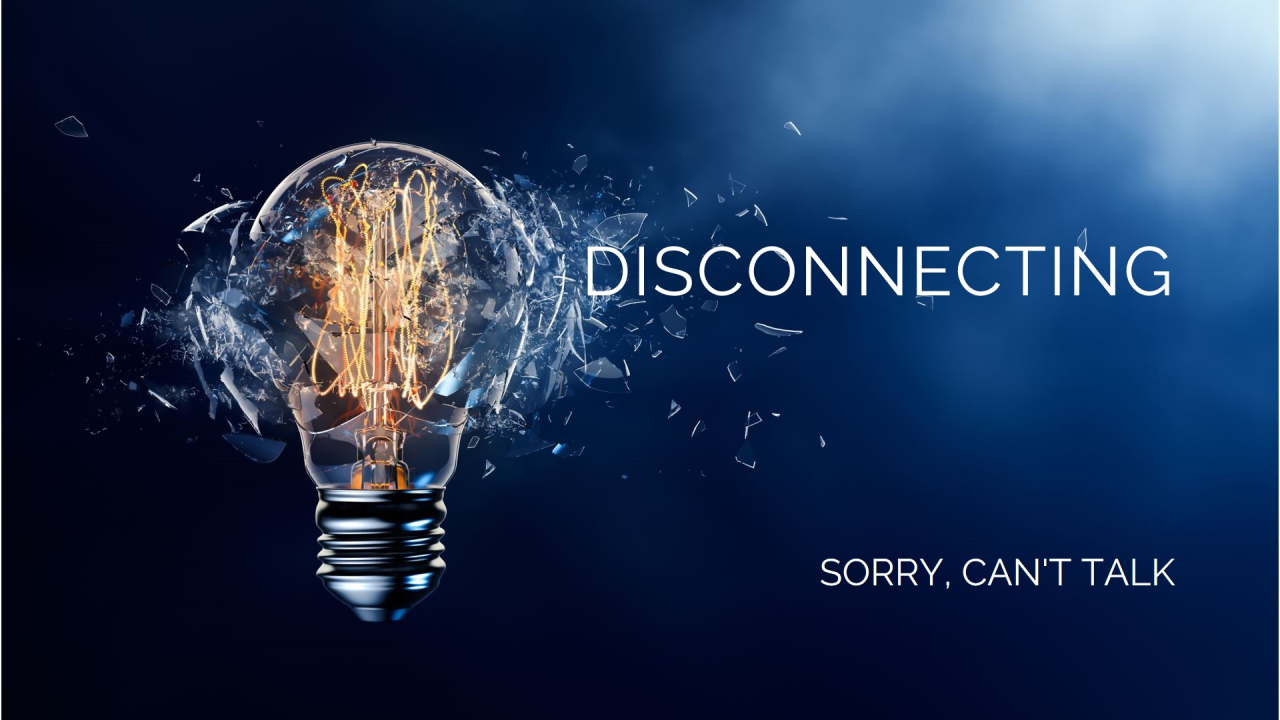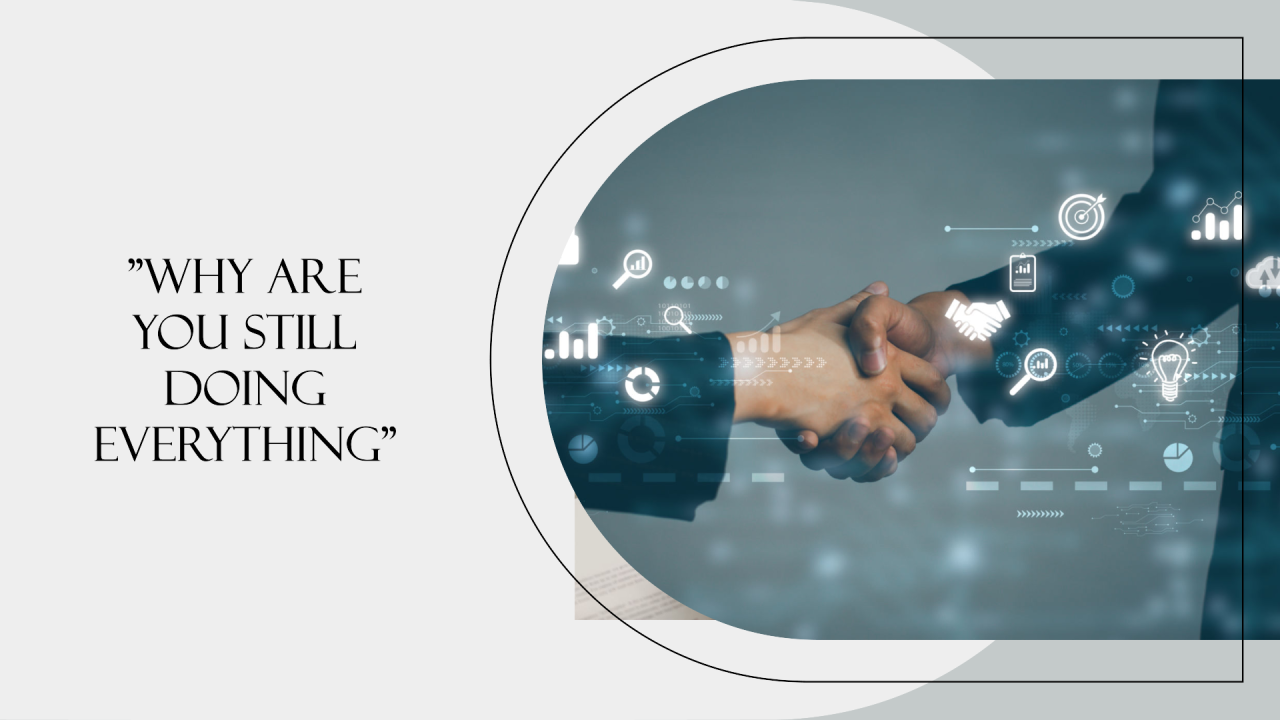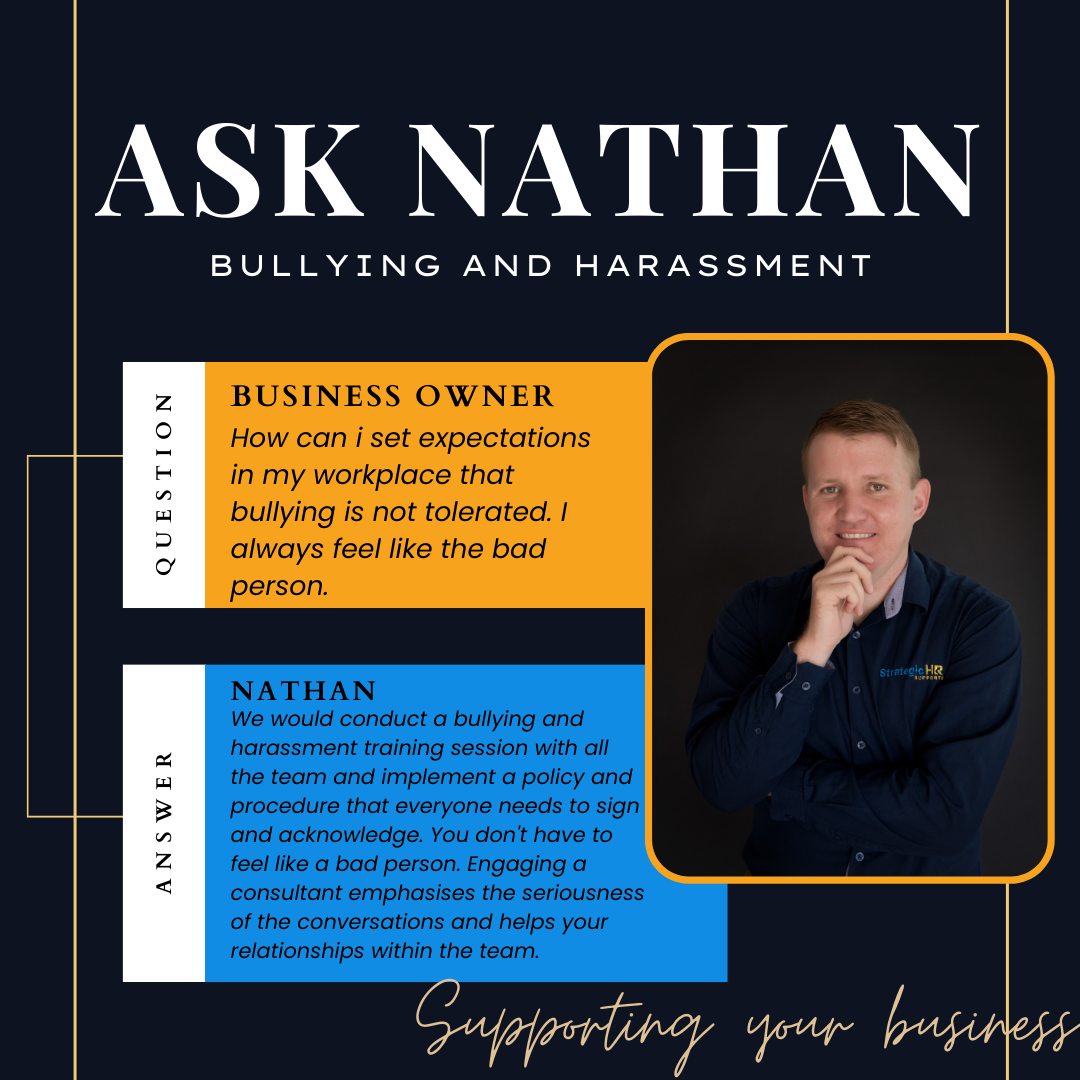Remote work isn’t a new concept. It first gained popularity when companies started depending on computers, allowing employees to ditch the traditional office environment and work from home or other locations. The 1990s saw a further rise in remote work with the emergence of conferencing and collaboration tools. This technological foundation laid the groundwork for the massive shift in work styles brought about by the COVID-19 pandemic, permanently changing how we view work itself.
Remember when work-from-home options were a rare perk offered by HR? Back then, it signified being an employer of choice. However, the pandemic forced a large-scale adoption of remote work, and we quickly discovered it wasn’t all sunshine and rainbows. Psychosocial hazards, like remote isolation, became a major concern.
This forced shift highlighted previously neglected challenges of remote work. While it offers flexibility and convenience, it also presents difficulties like maintaining work-life balance and avoiding social isolation. The term “psychosocial hazards” became popular during the pandemic, emphasising these challenges and the importance of addressing them. But it’s important to remember that the pandemic also showcased benefits of remote work, such as reduced commute times and increased flexibility. This is why a balanced approach is necessary when discussing the realities of remote work.
So, what are your thoughts on Working from Home?
Are you a remote work enthusiast who loves the flexibility and no traffic?
Or are you someone who misses the social interaction of an office, share your experiences!




